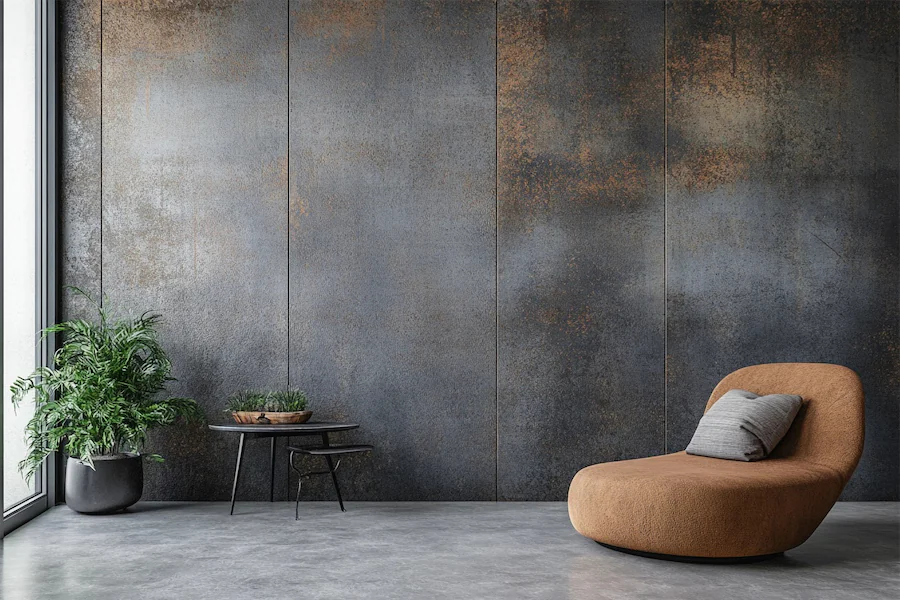Industrial interior design emerged from the transformation of old factories and warehouses into living spaces, emphasizing raw and unfinished materials to create a rugged yet sophisticated aesthetic. Central to this style are industrial walls, which showcase the beauty of structural elements and materials traditionally concealed in conventional design.
History and Origins of Industrial Walls
The industrial design movement gained traction in the late 20th century when urban pioneers began repurposing abandoned industrial buildings into residential and commercial spaces. This adaptive reuse celebrated the original architectural features, such as exposed brick, metal, and concrete, leading to the distinctive industrial aesthetic we appreciate today.
Key Features of Industrial Walls
Industrial walls are characterized by several defining elements:
- Exposed Brick: Revealing the original brickwork adds texture and warmth, serving as a focal point in industrial interiors.
- Raw Concrete: Unfinished concrete walls contribute to the utilitarian feel, offering a neutral backdrop that complements various decor styles.
- Metal Accents: Incorporating steel beams, pipes, or metal panels introduces an edgy, mechanical vibe, reinforcing the industrial theme.
- Weathered Wood: Using reclaimed or distressed wood adds an organic touch, balancing the hardness of metal and concrete surfaces.
Applications of Industrial Walls
Industrial walls are versatile and can be integrated into various settings:
- Residential Spaces: Lofts and apartments often feature industrial walls to create an open, airy atmosphere with character and depth.
- Commercial Interiors: Restaurants, cafes, and offices utilize industrial walls to convey a modern, trendy ambiance that appeals to contemporary aesthetics.
- Retail Environments: Boutiques and stores adopt industrial elements to craft unique, memorable shopping experiences that stand out.
Considerations When Choosing Industrial Walls
When incorporating industrial walls into a design, consider the following:
- Structural Integrity: Ensure that exposing or altering structural elements does not compromise the building’s stability.
- Insulation and Acoustics: Raw materials like brick and concrete may affect thermal and sound insulation; additional treatments might be necessary to maintain comfort.
- Maintenance: Materials such as untreated metal can rust, and porous surfaces like concrete may stain; appropriate sealants and finishes can mitigate these issues.
Conclusion
Industrial walls encapsulate the essence of industrial design by embracing raw materials and structural authenticity. Their adaptability allows for creative expression across various spaces, making them a timeless choice for those seeking a blend of ruggedness and refinement in their interiors.
